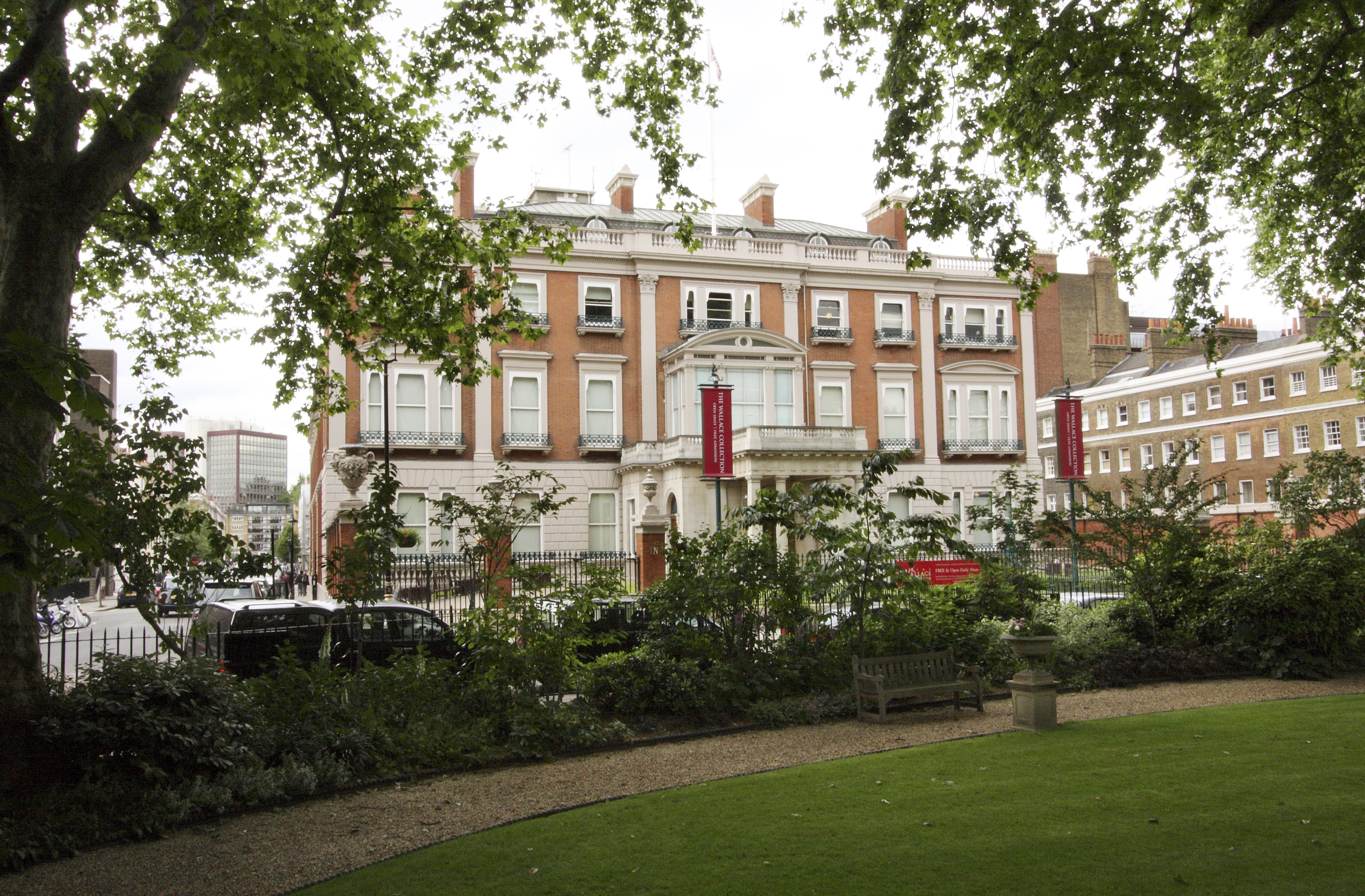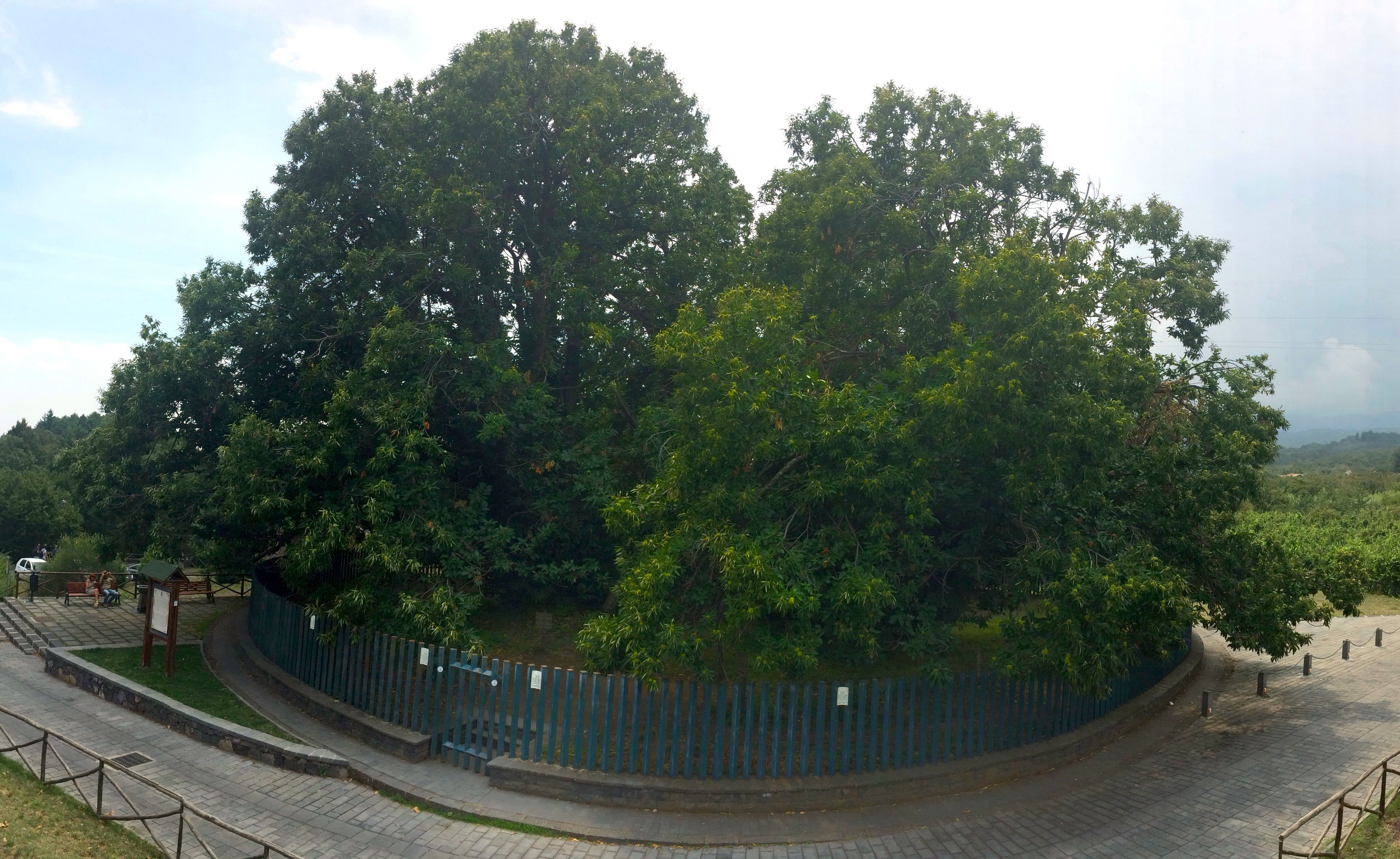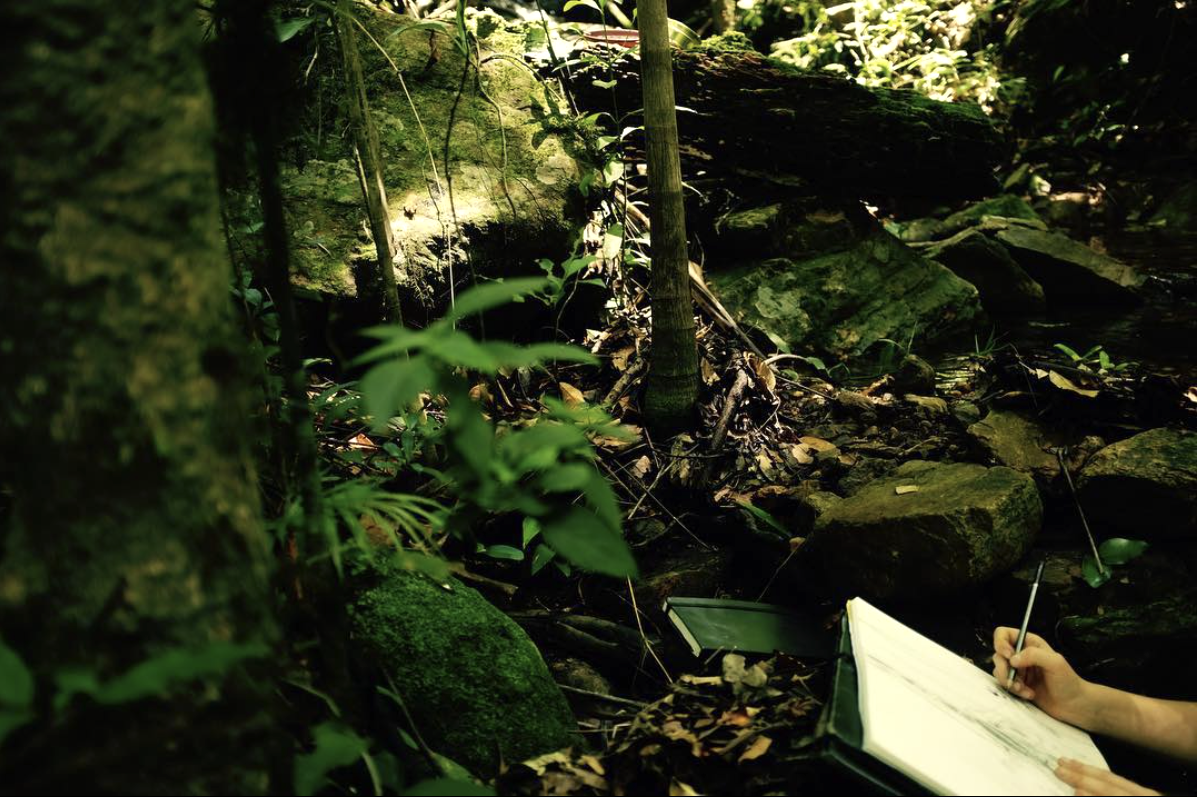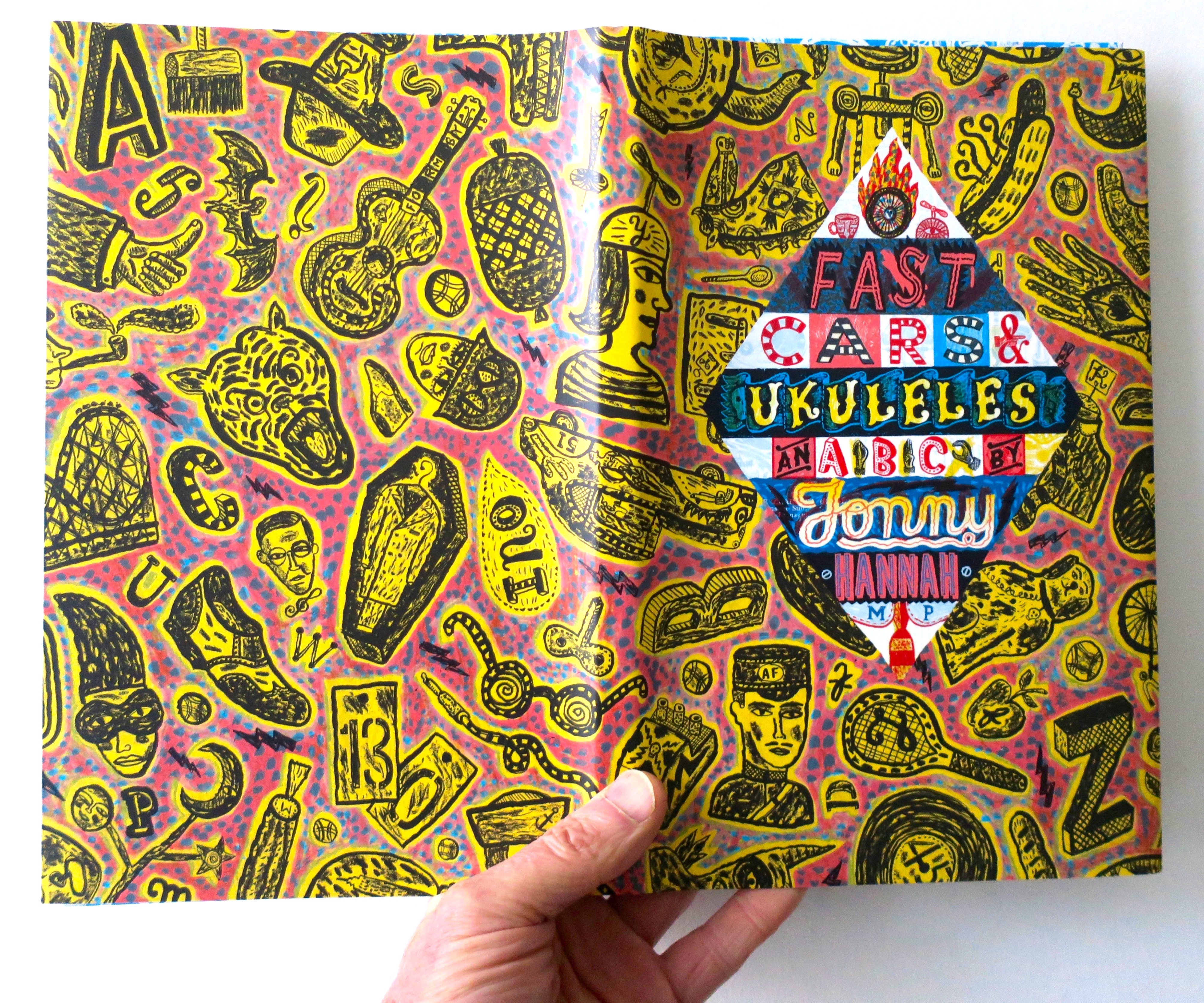The entrance to the Pierre Bonnard exhibition at Tate Modern is a portal through a giant detail reproduction taken from his painting The Garden of 1936. It’s perhaps his best painting. It’s the one that most draws me in, most like a garden itself with it’s abstract disposition of marks and colours, it reminds me of paintings by Patrick Heron and Gillian Ayres. And there are other paintings here that bring to mind Paul Cézanne, Henri Matisse, Howard Hodgkin, David Hockney. But before all of that, we’re straightaway into a red gallery with ‘hot’ paintings of Bonnard’s mistress, full-frontal nudes and a post-coital bedroom scene. The gardening comes later. Continue reading “The Colour Of Memory”













